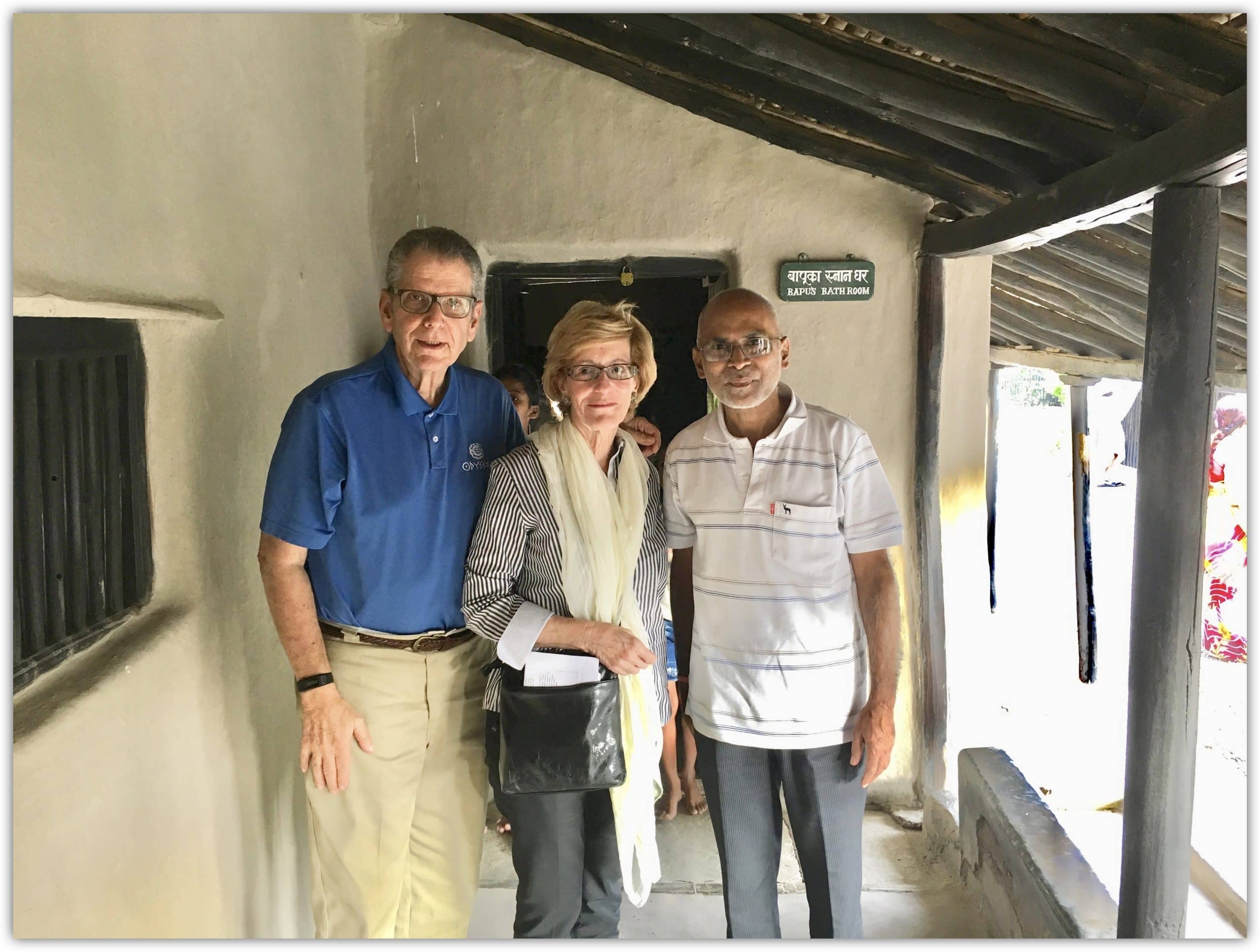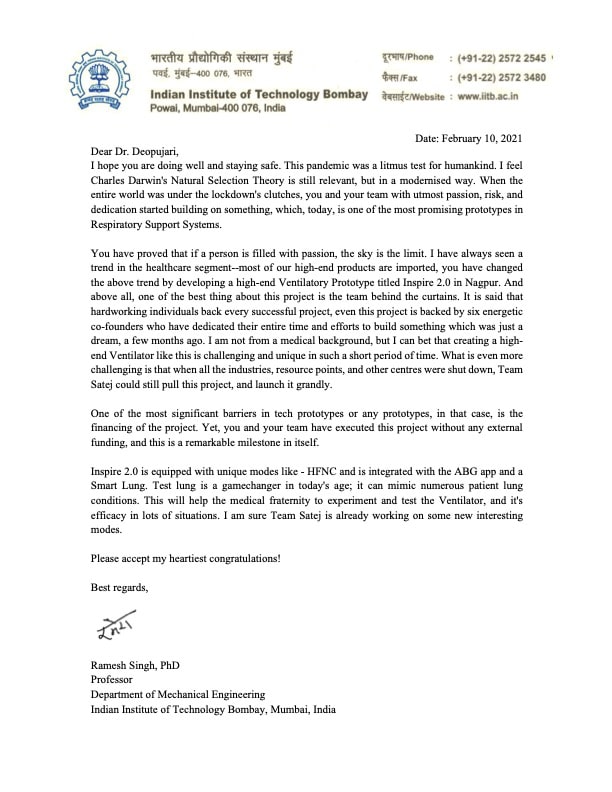
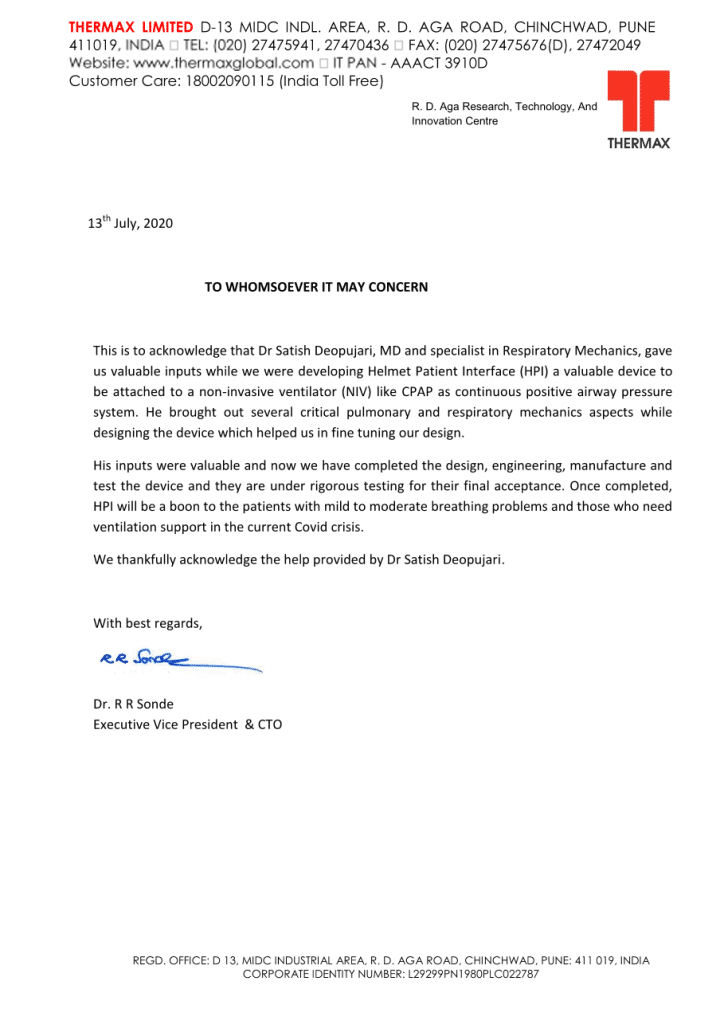
Need for Non-Invasive Ventilation in COVID-19 in India
- Unprecedented health crisis in India
- Graph still exponential with 12.4 lakhs cases and 29,861 deaths (8 am July 23 )
- COVID-19 causes respiratory distress
- ~5% of the infected patients need oxygenation and ~2% need ventilator support
- High-flow Nasal Canula is conventionally used for oxygenation
- A helmet patient interface (HPI) which delivers oxygen-rich air at a constant positive airway pressure (CPAP) is very effective way of oxygenation for COVID-19 Hypoxia patients
- The effectiveness of this NIV helmet with COVID-19 patients has been reported from Europe
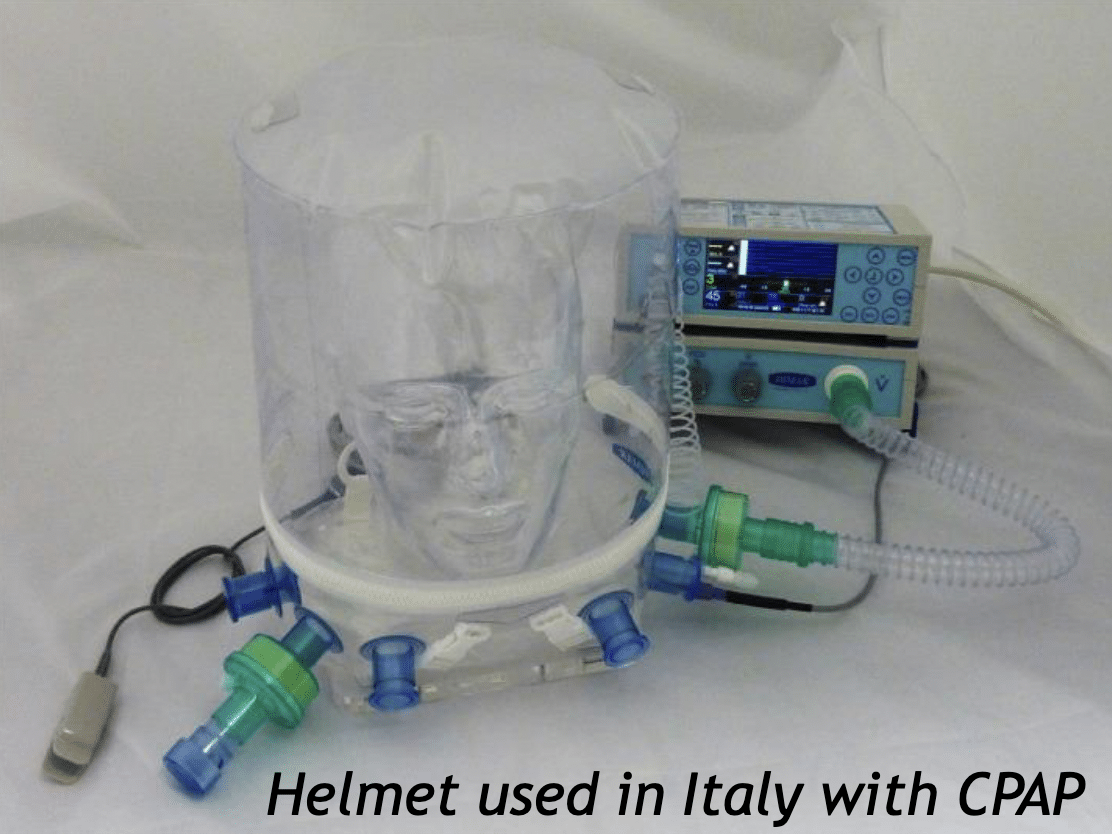
Strong Case for Helmet Patient Interface
- Clinical review of 152 studies establishes efficacy of helmet-based NIV
- NIV with helmet reduces CO2 rebreathing and ventilator asynchrony
- Review concludes “NIV delivered by helmet could be safe alternative to the face mask in patients with acute respiratory failure”
- Suggested key points
- – Long duration NIV
- – Skin lesions
- – Air leaks in masks/Mask intolerance
- – Avoid CPAP via Mechanical Ventilator
- – 50% higher PEEP with helmets as compared to masks
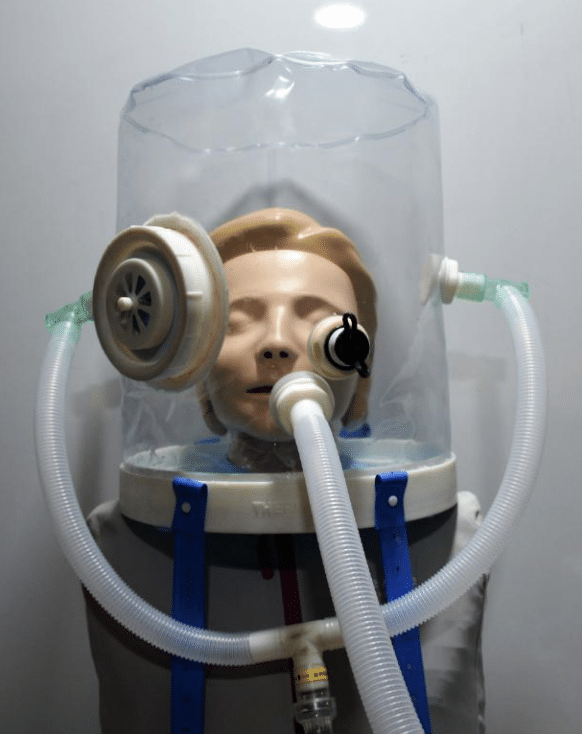
Helmet Patient Interface (HPI) Non-invasive Ventilation (NIV) for Hypoxia
HPI SPECIFICATIONS
• Continuous Air/O2 delivery
• Adjustable flowrate: 15 – 60 LPM
• FiO2 between 21% (Air) to 100% (Pure O2)
• Adjustable expiratory pressure : 5 – 20 cm H2O
• HPI works with CPAP device, wall oxygen-air supply, or any
commercial ventilator
Studies have found non-invasive ventilation to be extremely effective
based on objective parameters of pulmonary mechanics, biochemistry
and final treatment outcomes

Key Features and Benefits
• Benefits for the Patient
– Ventilation asynchrony is not present, minimizes claustrophobia, avoids pain and sense of suffocation
– No nasal cannula or intubation, no headgear to tighten, no irritation → Comfort for a longer period
– Spacious with a clear view all around
– Patient can speak, listen, drink, wear glasses while being treated
• Patient Management
– Due to completely sealed and “zero leakage”, protects associated health workers
– As patient is more comfortable, treatment is continued without breaks associated with intubation, mask
pressures, nebulized drug therapy etc.
– LARGE ACCESS PORT: For easy care – drink, facial cleaning, expectorate
– SEALED CATHETER PORT: Provides access for drug delivery, sensors, liquid intakes
– The upper portion is easily removable
• Safety Features and Alarms
– Anti-asphyxia valve and pressure relief valves
– The HEPA filter ensures patient exhales pathogen-free air for safety of health workers
– AUDIO-VISUAL ALARMS: Low Pressure/High Pressure/Battery Fault/Low Battery/Battery Charge Indicator
– Separate flow meters for oxygen and total flow/FiO2 calculator (On CPAP device)

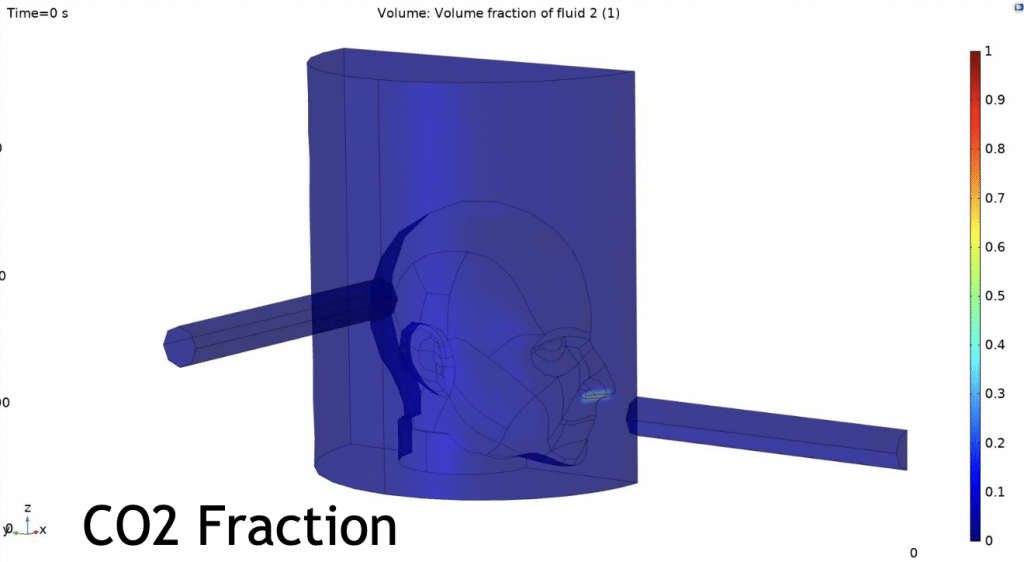
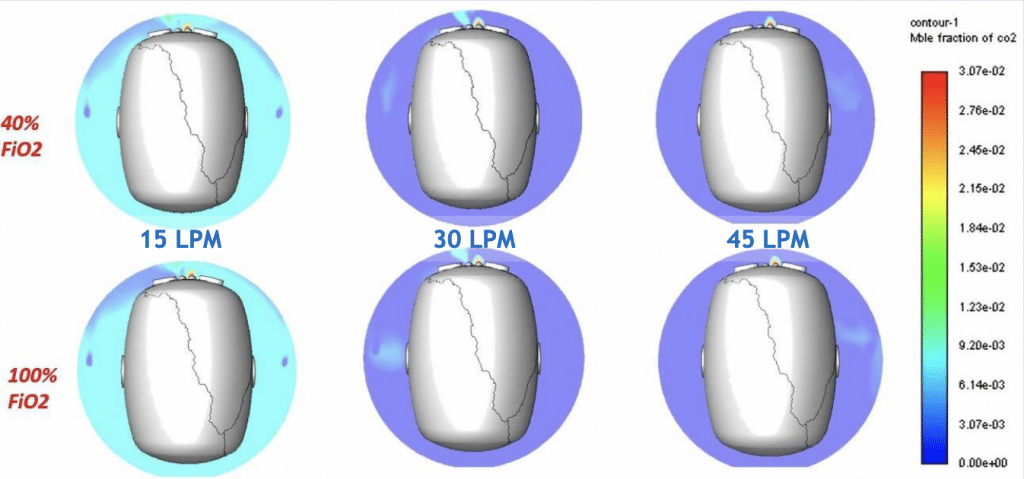
Computational Fluid Dynamics (CFD)
• CFD analysis provides a streamlined flow of air/oxygen under different flow rate conditions.
• Inlet/Outlet locations optimized for minimum CO2 rebreathing and maximum oxygenation

System Verification and Validation
Test protocols designed to verify the functioning of the device
• Integrity, leakage and pressure hold test (up to 30 cm H2O pressure)
• Flow and pressure drop test (up to 40 LPM flow)
• PEEP pressure hold test (up to 40 LPM flow, 20 cm H2O pressure)
• High flow mode test (up to 60 LPM)
• Helmet fitment, fogging, and noise level test (on mannequin)
• Safety interlock check
Technical Matter & Images copyright https://www.ircc.iitb.ac.in/IRCC-Webpage/rnd/Prof_RameshSingh.pdf
